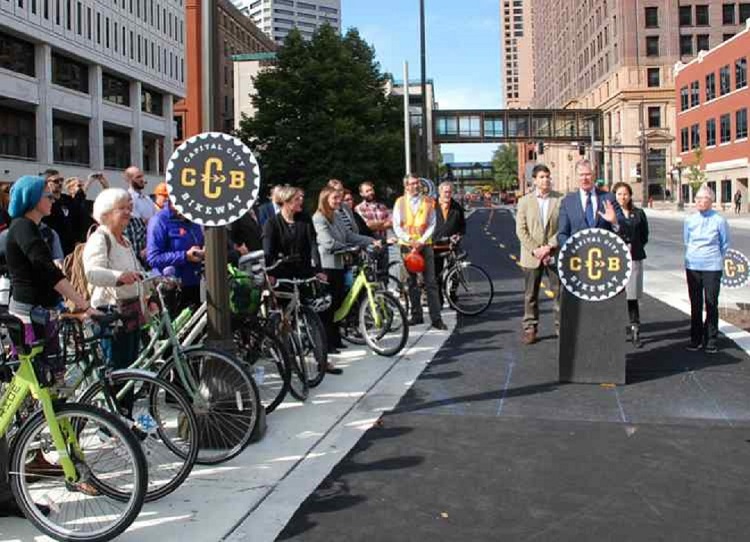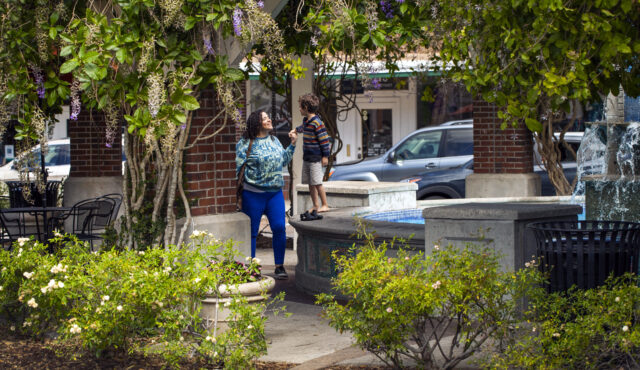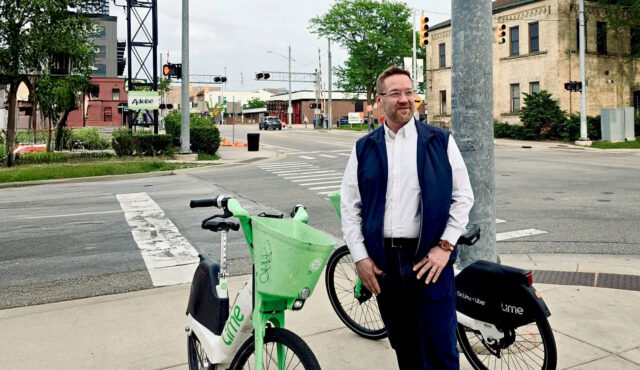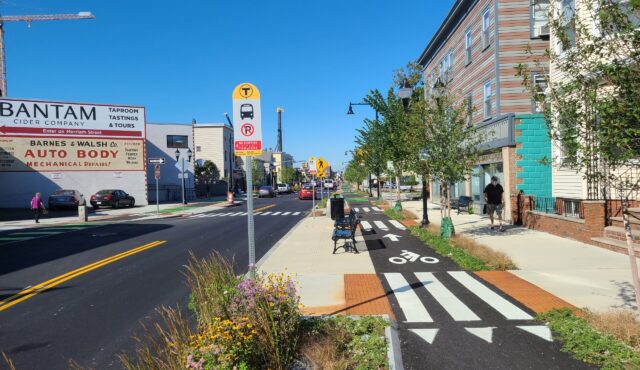The landscape architecture and urban design staff at TDG frequently describe their work as taking projects from concept to construction. As a multidisciplinary firm, our teams are constantly working in various phases of planning and design, but our landscape architecture practice uniquely covers the whole spectrum of project development.
Part of that is by definition – landscape architecture practitioners are trained to take projects from conceptual designs to final construction detailing, bridging the gap between planners and engineers. At TDG, that means being involved in projects from the very beginning, and communicating the design intent developed with clients and stakeholders into the final plans. That focus on designing for the end user from the start of a project makes a big difference on active transportation spaces, where the experience of using a trail or bike lane is just as important as the destinations it reaches.
How does a project go from concept to construction without losing sight of the user experience? Members of our landscape architecture and urban design team shares their perspective on the stages of a project for the city of Saint Paul, MN – the Jackson Street Reconstruction and Capital City Bikeway:
1. Analysis & Outreach
“It is the process of getting input from the client and the public, looking at the history and the context of a site, and developing solutions that answer the needs identified from public outreach.” – Ken Ray, RLA
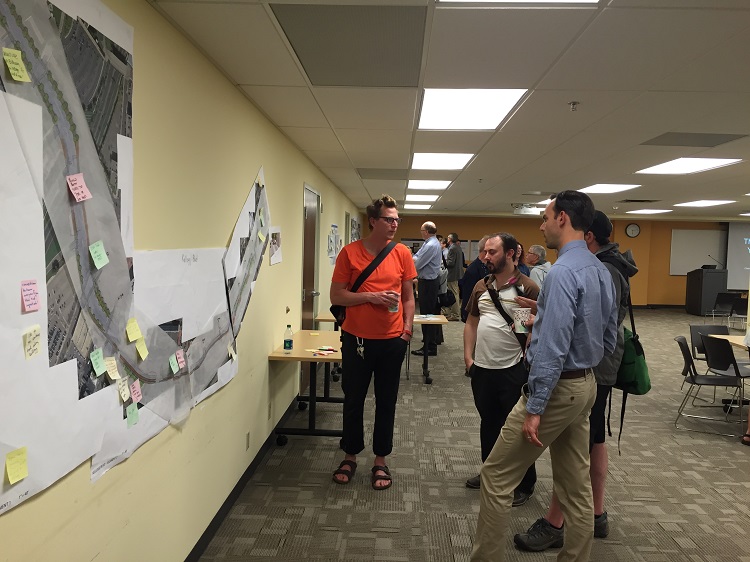
2. Concepts
“Landscape architects are trained to think across spectrums, from creating a design vision to developing design details that make a space memorable.” – Cindy Zerger, AICP, ASLA
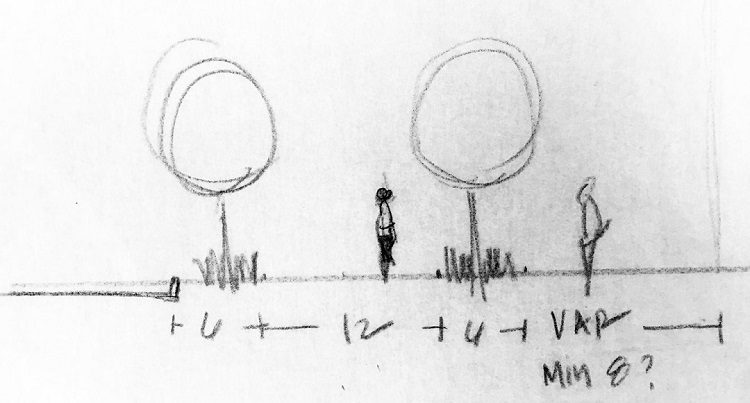
3. Initial Design
“TDG focuses on creating functional active transportation infrastructure that addresses human scale and true needs. Landscape architecture accommodates this by incorporating green infrastructure, street furniture, and streetscape elements that improve the user experience for all modes.” – Siba El-Samra, ASLA
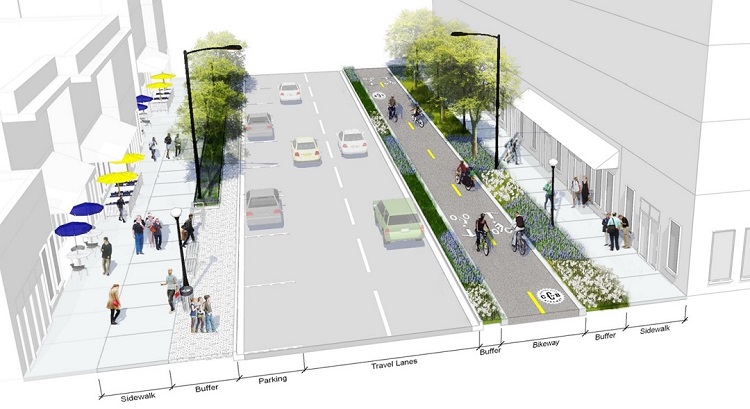
4. Final Design
“Having a background in landscape architecture helps you see the larger context of a project, while also giving you the ability to get into the weeds with the details and foresee possible construction constraints.” – Mike Loe, RLA
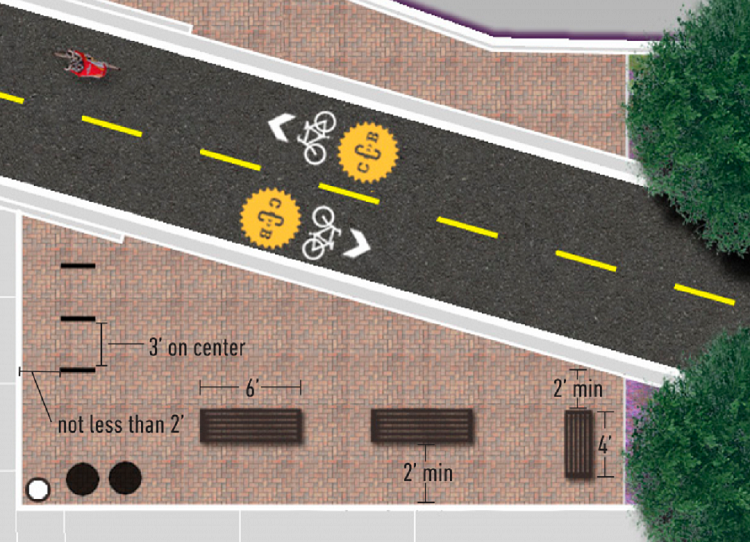
5. Construction Documents
“The devil is in the details. Whether those details include ADA grades, location of control and expansion joints, paving patterns and color selection, or exact furniture placement, it’s the final touches and finite details that pull everything together.” – Elizabeth Gilliam, RLA
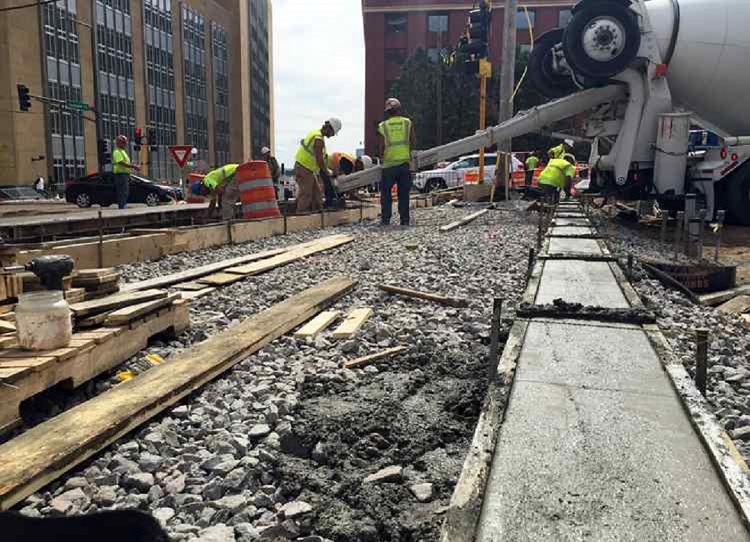
6. Final product
“We create transportation solutions that prioritize people first, and make getting there as fun as being there.” – Kristen Lohse, ASLA
